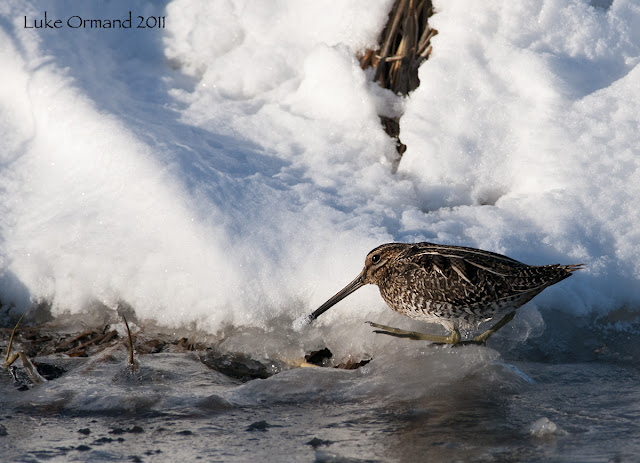 |
| Magnificent Frigatebirds circle above 'Bird Island' in El Salvador |
I bought this book prior to my summer visit to El Salvador and Guatemala - figuring there would be a good amount of down time that would allow me to relax and read. To be honest, I'm not much of a reader and it's rare that I buy a book - even more so that I buy a book about birds but when I skimmed through A Supremely Bad Idea at the store I saw that Mr. Dempsey was NY based and I guess I subconsciously enjoy supporting other artists named Luke. The book focuses on Mr. Dempsey's entry into the birding world and his subsequent whirlwind tours of the hottest birding spots in the Country with a married couple who are wholly responsible for getting him addicted to birding. The couple is from the NY area but assume rather amusing pseudonyms in the book to protect their identities. The authors ability to mix humor, real life, travel and birds together is truly impressive. I caught myself laughing out loud throughout the book but to be sure there are a few moments that will tug on your heart strings. For Mr. Dempsey, birding becomes an escape from his exceedingly stressful life. While it kills him to not have control over his personal life, he relishes in not being able to control the natural world in pursuit of the rarest birds North America has to offer (though he does an excellent job of masking this with splashes of profanity and plenty of British humor).
 |
| Nikon D300s 18-200mm VR @ 200mm f/5.6, 1/1600s, -.33 EC, ISO 320, El Salvador |
For anyone looking for a good book, a good laugh, or an interesting read about birding and birders, you absolutely must purchase this book. I hope one day to have the pleasure of meeting Mr. Dempsey and thanking him for writing such a wonderful book. Perhaps I will be fortunate enough to run into him in the field while photographing some exceedingly rare bird - how fitting would that be? For those interested - click the link below to check it out on Amazon.com
































